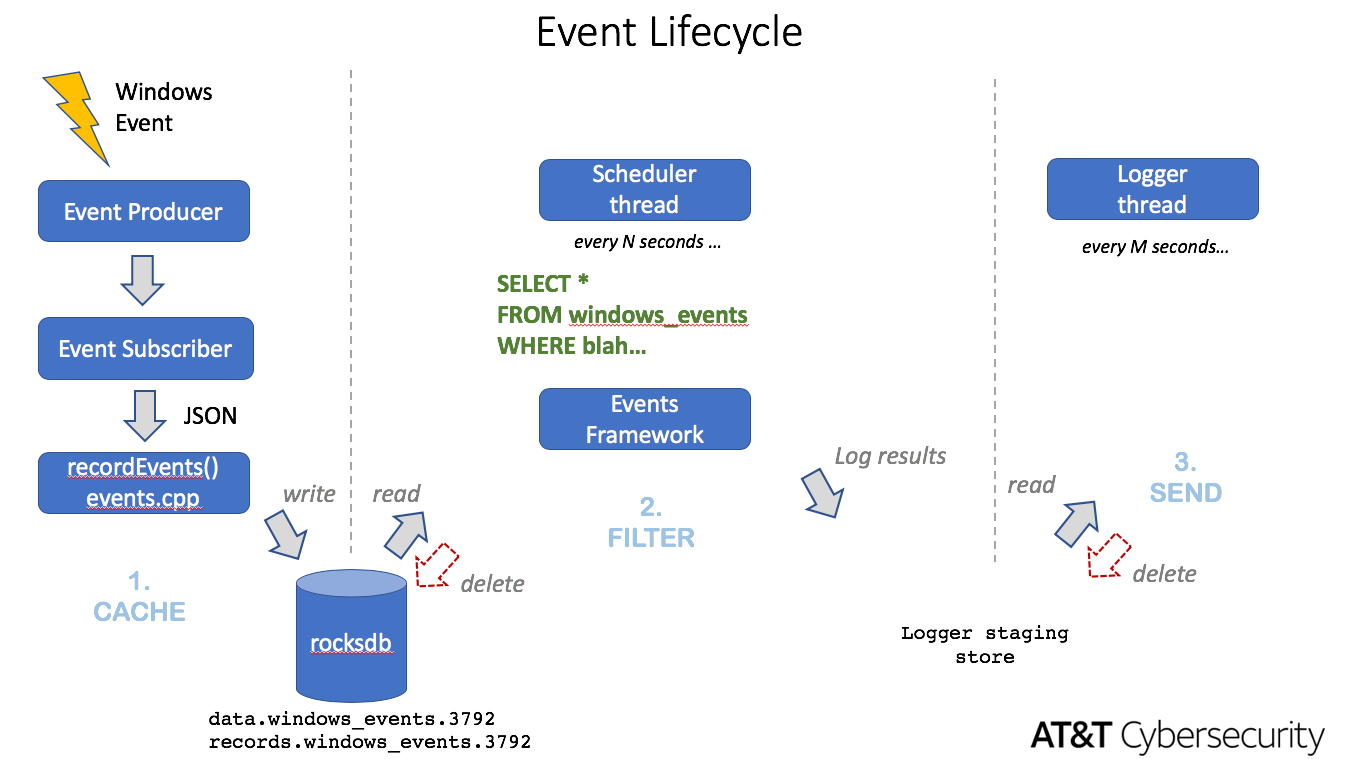


However, that makes it harder for people to do their jobs. The traditional solution has been to lock down employee devices so that such mistakes are impossible. While it's tempting to blame hackers, many leaks are due to human error. To learn more about Open Policy Agent, check out the Open Policy Agent documentation, and get involved with the Open Policy Agent community.Data breaches are bad news, both for the people exposed and for the company at the center. The controls you have are nearly endless. You can now deploy custom ValidatingAdmissionControllers as we did in this writeup, or even MutatingAdmissionControllers (which give your Kubernetes resources sane defaults), or set up proper labels.
#Osquery kubernetes code#
With Open Policy Agent, you no longer need to write custom code to handle your organization or teams’ custom policies. My colleague wrote two blog posts about it: and briggsl March 2, is a new core component in our as a Sevice Stack. We use it for a variety of things, but the main one is to ensure people don’t add ingresses to the wrong ingress class and expose things to the internet that they shouldn’t I wrote a couple of interesting policies for federation where it would allow deployments only to EU or worldwide clusters based on tags, and another that checked a third party ‘jira’ (mocked) that would only allow access to the production namespace if a P1 ticket was open I just wrote one for Amazon EKS to check if images come from the EKS registry or your own accounts ECR. Who’s using with today? Any interesting policies? Here are a bunch of great examples of how people are using Open Policy Agent today with their Kubernetes clusters to help manage their custom policies: If you would like to tear down the cluster created, you can delete all the resources created in the cluster, then delete the Amazon EKS cluster again using eksctl: kubectl delete -f private-nginx.yamlĮksctl delete cluster -f cluster.yaml More Examples

Once we’ve exported the region, we can create the ClusterConfig as follows: cat >cluster.yaml nf admission-controller.yaml webhook-configuration.yaml image_source.rego nginx.yaml private-nginx.yaml <


 0 kommentar(er)
0 kommentar(er)
